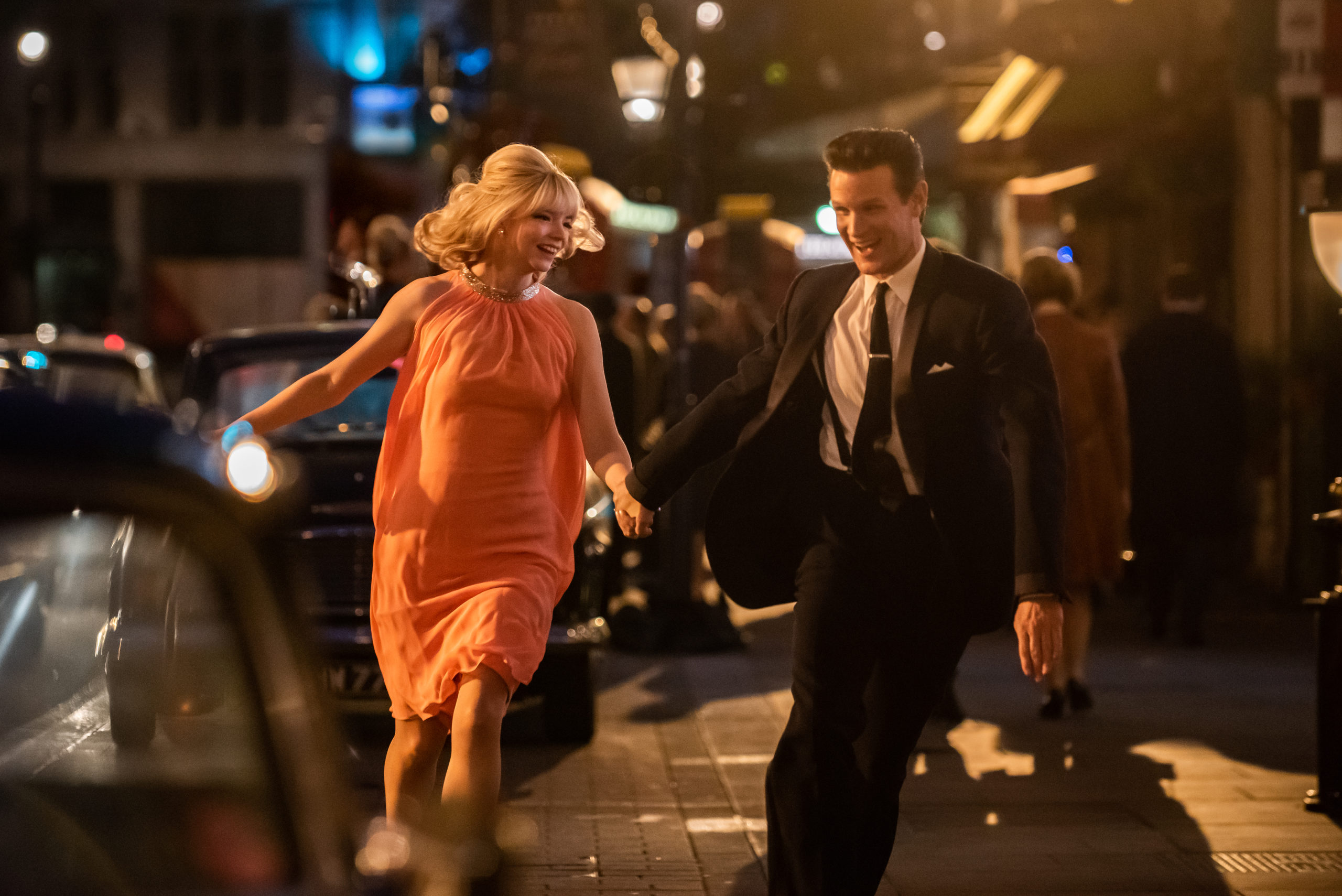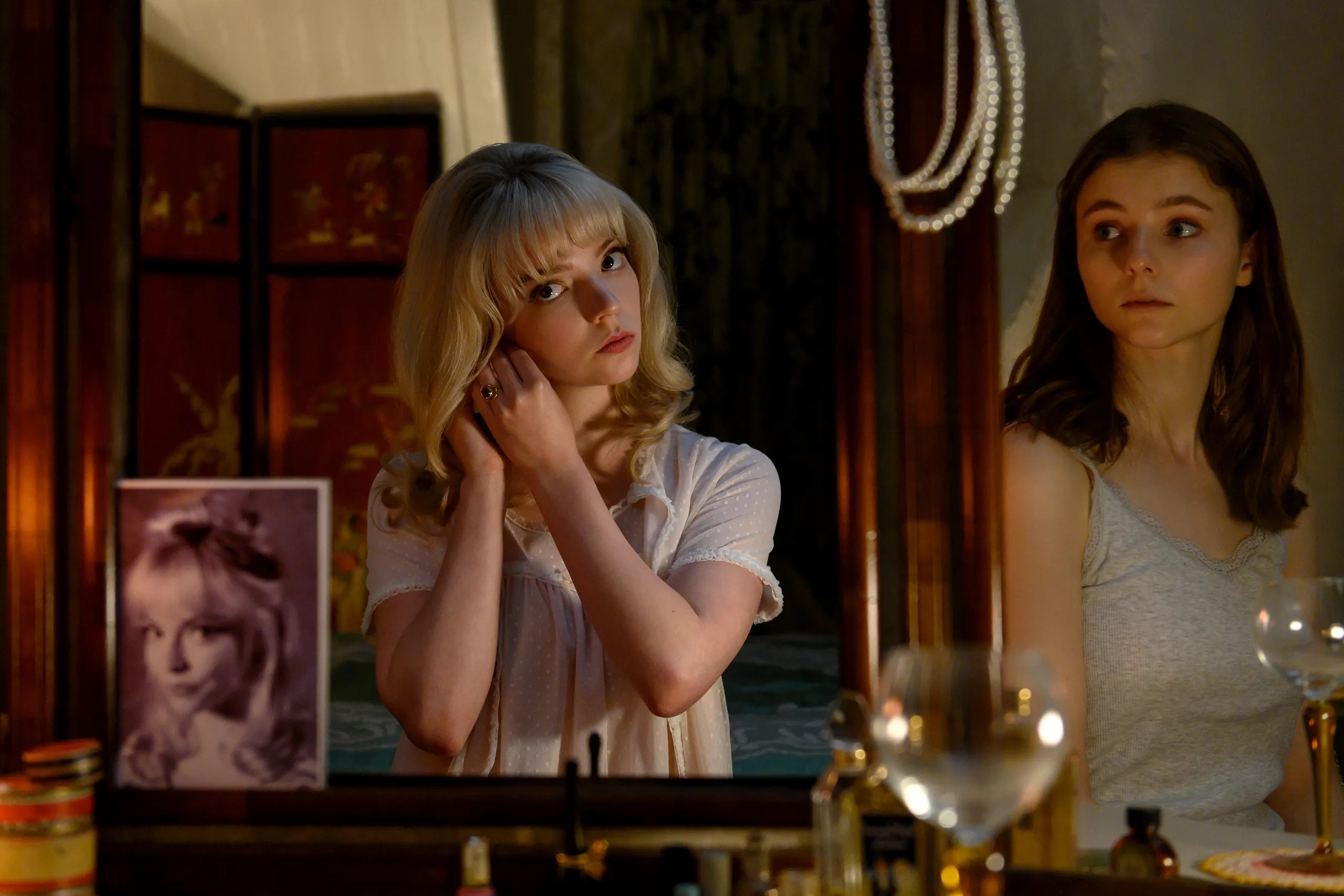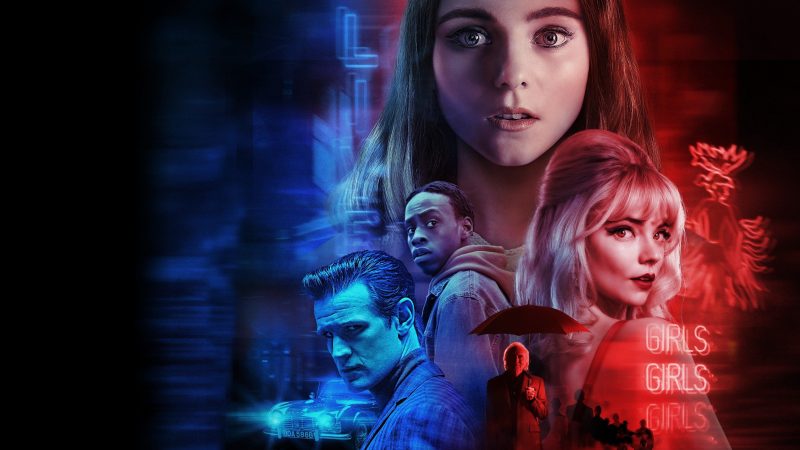I have been an avid follower of Edgar Wright since the beginning of the Cornetto trilogy, and I have extensively written about his films and career. For a long time, I have been saying that he would become one of the most influential directors of the future, and my belief in him was confirmed after Baby Driver. However, Last Night in Soho took my admiration for him to new heights. I can confidently say that the director, who delivered the best film of 2021 by a wide margin, has also given us an unforgettable classic in recent years.
Let’s briefly touch upon the plot. Eloise leaves her small town and comes to London to pursue a career as a fashion designer. Eloise, who has led a relatively calm life, realizes that the world city of London, which she came to with great love, is not as nostalgic as she had imagined. Over time, the city starts to suffocate her. Eloise, who begins to struggle with focus issues, finds solace in her vintage room, the only place where she can distance herself from everything. In her dreams within this room, Eloise enters the nostalgic London nights she has always imagined, and she realizes that her dreams are not just dreams but a life of a woman in the 60s who had similar dreams.

Firstly, I would like to approach the film from a technical standpoint. It is evident that Last Night in Soho is the work of Edgar Wright, who has been pushing cinema towards technical innovation since the Cornetto trilogy. From the choice of subject matter to its execution, from the character designs to the fictional touches in the narrative, it is a quintessential Edgar Wright film. Baby Driver was a film that proved his technical prowess. However, with Last Night in Soho, we see that the director still has a full arsenal at his disposal. Especially, the choreography of Sandy’s first night meeting with Jack was spine-tingling. The mirror/reality relationship, transitions between characters, dances, and set design exude perfection from start to finish.
Many of us live with longing and curiosity for times gone by, even for periods we haven’t experienced ourselves. We derive many of the things we admire from a feeling we call nostalgia. However, nostalgia is like skillful makeup; it doesn’t show the truth. Eloise, who arrived in London with great hopes and a love for nostalgia, doesn’t encounter the life she had imagined. Similarly, she realizes that the old London she visits in her dreams is only the façade. This is the point the film wants to make. It reveals that the reality behind the nostalgic times we imagine is actually the fact that the world we currently live in is much more modern and acceptable. Although we see the world improving year by year in numerical terms, nostalgia creates the misconception that the past was always better.
Eloise struggles not only with the pain of witnessing Sandy’s downward spiral but also with the disappointment of her own nostalgic illusions. The “reality” she has dedicated her life to is actually a massive deception. In fact, Eloise represents us, the audience. We are the ones who often turn a blind eye to the male violence behind twist parties. We conveniently skip over the realities of the happy people dancing with Elvis in those vintage videos and photos because we didn’t experience that world. Since we can’t go back in time, we can’t live in it either. Therefore, we tend to believe that the sound of a drum is pleasant from a distance, even if the reality is as harsh as in this film.

The storytelling, the editing, and the cinematography of the film are magnificent, indeed. However, the sole factor that makes the film successful is its skillful navigation between genres. It starts as a coming-of-age film, then takes us on a short nostalgic tour of London. However, it quickly poisons the tour for us, transitioning into a story of violence, then into a psychological struggle, and finally into a delicately crafted murder story. Despite incorporating multiple genres, these transitions do not feel out of place at all. And the tension builds up so gradually that I didn’t even realize I was on the edge of my seat until the film reached its conclusion.
The film is a treasure for fans of suspense. Starting as a nostalgic journey, it gradually transforms into something resembling Zulawski’s “Possession.” It begins to blur the line between reality and hallucination, causing panic, just like Eloise. The pleasure you derive from the dance floor becomes toxic as the minutes pass; you confront the harsh realities. Since the Cornetto trilogy, Edgar Wright has been making films that criticize British society. While they may appear as comedy films in the bigger picture, upon closer inspection, you can see what he intends to convey. However, “Soho” expresses its criticism much more explicitly than the Cornetto trilogy and delivers the consequences of its critique without leaving it up to your own thoughts.

Cast & Crew
director: Edgar Wright
writers: Edgar Wright, Krysty Wilson-Cairns
starring: Anya Taylor-Joy, Thomasin McKenzie, Matt Smith
UK | 2021 | 116 MINUTES |
